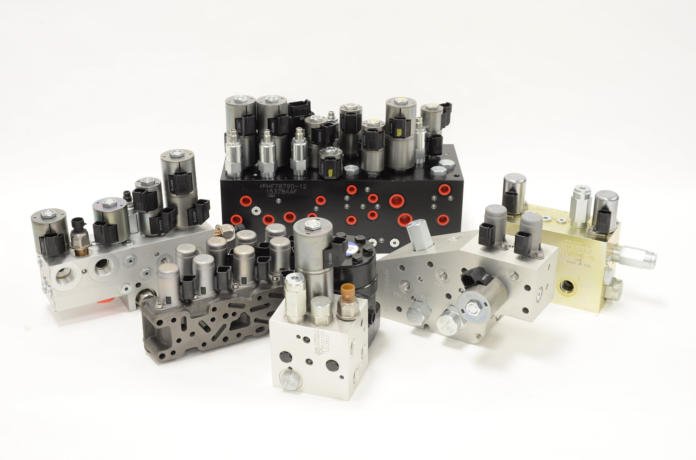“A thorough uunderstanding of the latest fluid power technologies is critical for the design of efficient and cost-effective hydraulic systems. Coupled with technical expertise, is the need for the selection of high-performance valves and controllers, which must be installed and supported by a team of hands-on specialists,” says Ryno Landman, Product Manager, Hydraulics, Fluid Technology High Pressure division, BMG. “BMG supplies a wide range of HydraForce electro-proportional valves which is suitable for use in many applications in agriculture, construction, materials handling, fluid conveyance, mining and quarrying.
“Hydraforce hydraulic cartridge valves and controls are subjected to rigorous field testing and are proven for dependable operation in heavy-duty conditions. Efficiency, response times and signal integrity are optimised using Pulse Width Modulation (PWM) digital signal logic.
“PWM works by pulsating DC current and varying the amount of time that each pulse stays ‘on’ to control the amount of current that flows to a device. PWM is digital, which means that it has two states – on and off. The main advantage of PWM is that power loss in the switching devices is negligible. When a switch is off, there is virtually no current and when it is on and power is being transferred to the load, there is a minimal voltage drop across the switch.”
According to BMG Fluid Technology specialists – unlike directional control valves, which allows full flow when energised – proportional control directional valves control flow proportional to an electrical input signal. In pressure regulating / limiting valves this signal corresponds to a pressure setting.
Proportional valves provide a change in output pressure or flow in the same ratio as the change in the input signal. For example, a 4 – 20 mA input signal may correspond to a 50 – 200 bar pressure setting. If the input signal is 4 mA, then the output pressure setting will be 50bar. As it gradually increases to 20 mA, so too does the pressure setting increase to 200 bar. This feature offers machine cycles, which are safely operated at greater speeds, with controlled start and stop characteristics. Regulated acceleration and deceleration results in improved overall machine cycle times and enhanced production rates.
Hydraforce has compiled a quick-reference electronics guide, designed to assist with the selection of the best controller for every application. The easy-to-use configurator platform, HF-Impulse is available from the HydraForce electronics portal (http://hydraforce.com/Literature/BUL_Electronic%20Products_10-2018.pdf).
User-defined parameters, which vary depending on the controller, include input type, bias for PWM or frequency inputs, signal errors, reverse mode triggers and reverse sequence parameters, as well as output scale breakpoints and output ramp up/down rates.
After setting operating parameters, users are able to easily monitor performance and for trouble shooting, there is a CAN interface.
